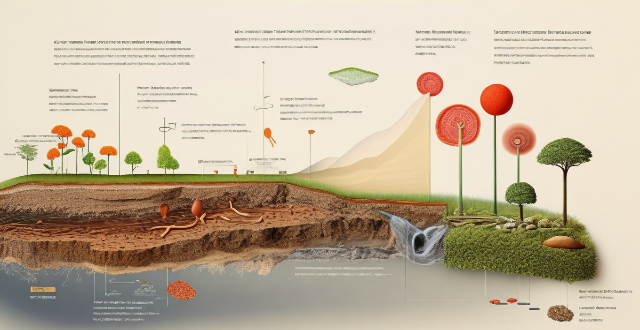Climate model predictions are crucial for disaster preparedness, helping to understand climate change impacts, improve response planning, enhance community resilience, and promote sustainable development.

The Role of Climate Model Predictions in Disaster Preparedness
Climate model predictions play a crucial role in disaster preparedness. These models help us understand the potential impacts of climate change on weather patterns and extreme events, allowing us to plan and prepare for future disasters. In this answer, we will discuss the various ways in which climate model predictions contribute to disaster preparedness.
Understanding Climate Change Impacts
Climate models are essential tools for understanding the potential impacts of climate change on weather patterns and extreme events. By analyzing historical data and projecting future scenarios, these models can provide insights into how climate change may affect precipitation, temperature, and other weather variables. This information is critical for identifying areas that may be at risk of flooding, drought, or other climate-related disasters.
Improving Disaster Response Planning
Climate model predictions can also help improve disaster response planning by providing information about the likelihood and severity of future disasters. For example, if a model predicts an increased risk of hurricanes in a particular region, emergency management officials can use this information to develop more effective evacuation plans and strengthen infrastructure to withstand stronger winds and storm surges.
Enhancing Community Resilience
Climate model predictions can also contribute to enhancing community resilience by identifying areas that may be particularly vulnerable to climate-related disasters. This information can be used to prioritize investments in adaptation measures such as flood control systems, water conservation programs, and early warning systems. By building more resilient communities, we can reduce the impact of future disasters and ensure that people are better prepared to cope with them.
Promoting Sustainable Development
Finally, climate model predictions can promote sustainable development by providing guidance on how to reduce greenhouse gas emissions and mitigate the effects of climate change. By incorporating climate considerations into urban planning, transportation policies, and energy production strategies, we can create more sustainable communities that are better equipped to handle the challenges posed by a changing climate.
In conclusion, climate model predictions play a vital role in disaster preparedness by helping us understand the potential impacts of climate change on weather patterns and extreme events, improving disaster response planning, enhancing community resilience, and promoting sustainable development. As our understanding of climate change continues to evolve, it is essential that we continue to rely on these models to guide our efforts to prepare for and mitigate the effects of future disasters.